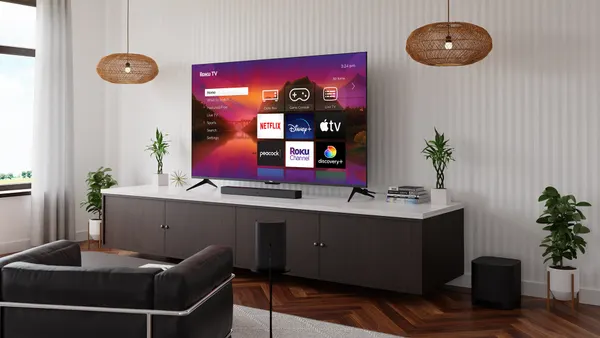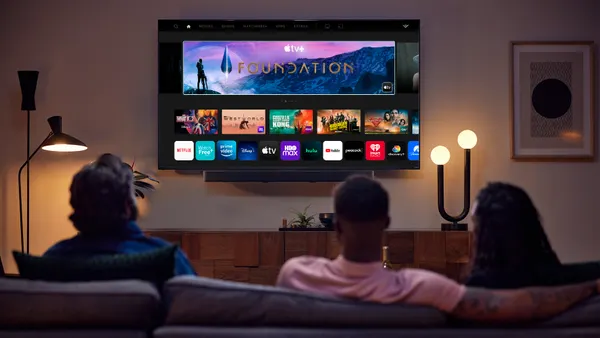Automotive marketers have more tools and data at their disposal than ever. But that doesn’t necessarily make their jobs easier. Between rising interest rates and tariffs, consumers are becoming increasingly price-sensitive, intensifying the competition for qualified buyers.
Recent data makes that clear. A recent 2025 Urban Science Harris Poll study found that 64% of auto buyers consider affordability their top concern when purchasing or leasing a vehicle. As cost concerns rise, buyers are more likely to make trade-offs, such as opting for a smaller car, switching to a non-luxury brand or delaying their purchase altogether. And this behavioral volatility makes it more challenging for advertisers to predict who is actually in-market for their product.
It’s no surprise, then, that dealers are worried about the efficacy of their outreach. When asked about the biggest pain points in managing advertising efforts across vendors and partners, 39% cited difficulties in measuring the impact of paid media on sales activity. Meanwhile, roughly one in four (23%) said tying media spend to actual sales was the issue they’d most like their performance tools to address. As affordability takes on more weight in the buyer journey, the importance of accurately targeting high-intent buyers will only grow.
A personalization problem
Effective personalization is crucial for connecting with the right buyer at the right time. Original equipment manufacturers (OEMs) and dealers cannot deliver relevant messaging without a clear understanding of their audiences. However, gaining that level of clarity isn’t as simple as it sounds. It requires accurate and timely data and the ability to interpret it in a way that reveals real intent.
The good news is that most consumers are willing to share personal information if it leads to a better shopping experience. According to The Harris Poll research, auto buyers are open to websites collecting their data if it will reduce irrelevant ads (70%), keep content free (69%) or deliver offers and recommendations that match their interests (61%). In addition, 81% are happy to share their personal information with a dealership in exchange for discounts or promotions on vehicles.
Still, many brands struggle to put personalization into practice. Invoca reports 87% of marketers think data is their company’s most underutilized asset. Meanwhile, according to HubSpot, less than half (44%) of marketers would describe the data they have on their target audiences as “high quality.”
Refining targeting to reflect market realities
These findings highlight a challenge common to many brands in the automotive industry. When it comes to understanding an audience, collecting data is only part of the equation. Advertisers also need to know when and how to leverage it to guide strategy, refine targeting and adjust messaging.
For instance, Urban Science recently worked with an automaker marketing a mid-size SUV. The brand was seeing strong website traffic but high drop-off at the build-and-price stage. This suggested that the consumers they were reaching were interested in the vehicle, but not in a position to convert. In response, we recommended the client expand its targeting to include luxury intenders. These buyers were not typically a part of the brand’s core audience. However, they were more likely to be financially qualified and ready to buy, and, given current market conditions, could be open to a lower-price model than they would usually consider.
Real shoppers, real-time data
The second quarter of 2025 demonstrated just how fast consumer behavior can change. Industry retail sales rose 13% year-over-year in April, then slowed to 2% in May. By the end of June, sales were down 7%. To navigate that kind of volatility, it’s important for advertisers to work with data partners that stay informed on the latest real-world patterns and trends. Audiences need to be updated frequently to align with the most recent signals. Otherwise, campaigns risk targeting customers who have already made a purchase or moved out of the market entirely. When shopping patterns can shift drastically in a matter of weeks, static segmentation rapidly loses its value.
Affordability is influencing every part of the automotive media landscape. As buyers seek ways to manage costs, OEMs and dealers face increased pressure to optimize their advertising spend. Reaching customers who are actively in-market and financially positioned to buy requires a clear view of who those shoppers are, where they are in the consideration process and what’s driving their decisions. Data alone doesn’t deliver that insight. Marketers need the context to interpret it, and the agility to act on it quickly and precisely, to connect with real shoppers who are in-market, right now.
*This survey was conducted online by The Harris Poll on behalf of Urban Science among 3,026 U.S. adults aged 18+ who currently own or lease or plan to purchase or lease a new or used vehicle in the next 12 months (between January 10 to February 4, 2025) and among 254 U.S. OEM automotive dealers, whose titles were Sales Manager, General Manager, or Principal/VP/Owner (between January 9 to January 30, 2025.)










